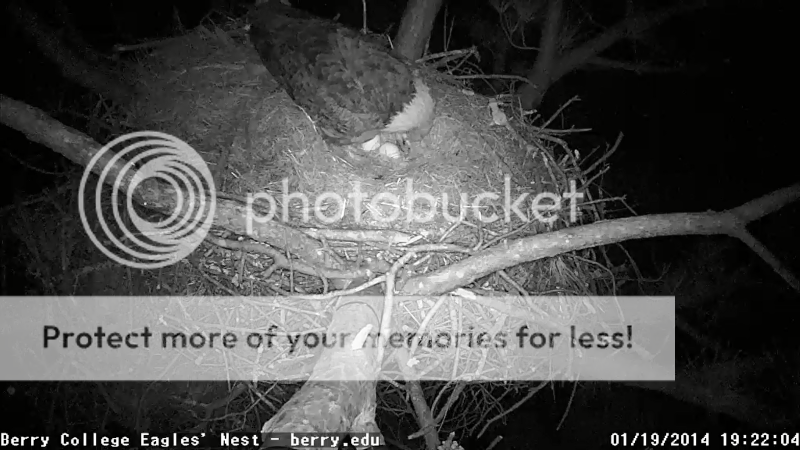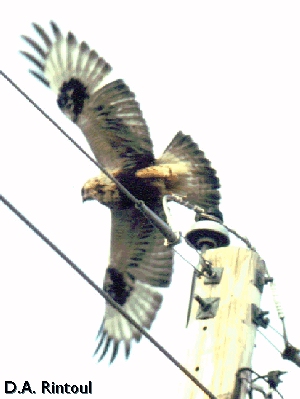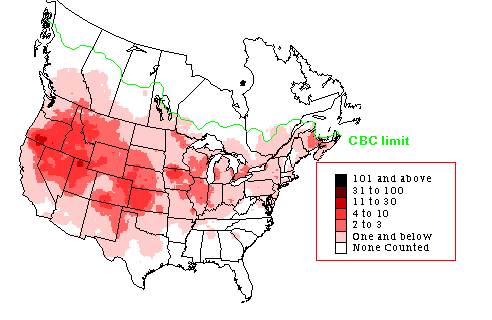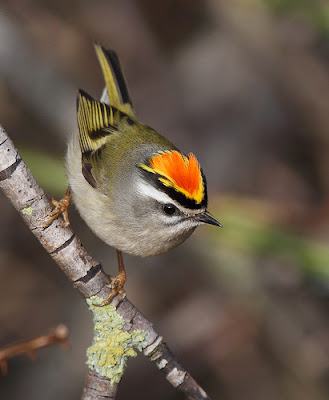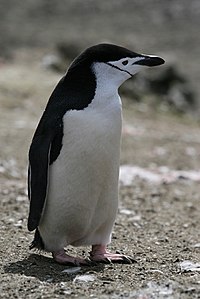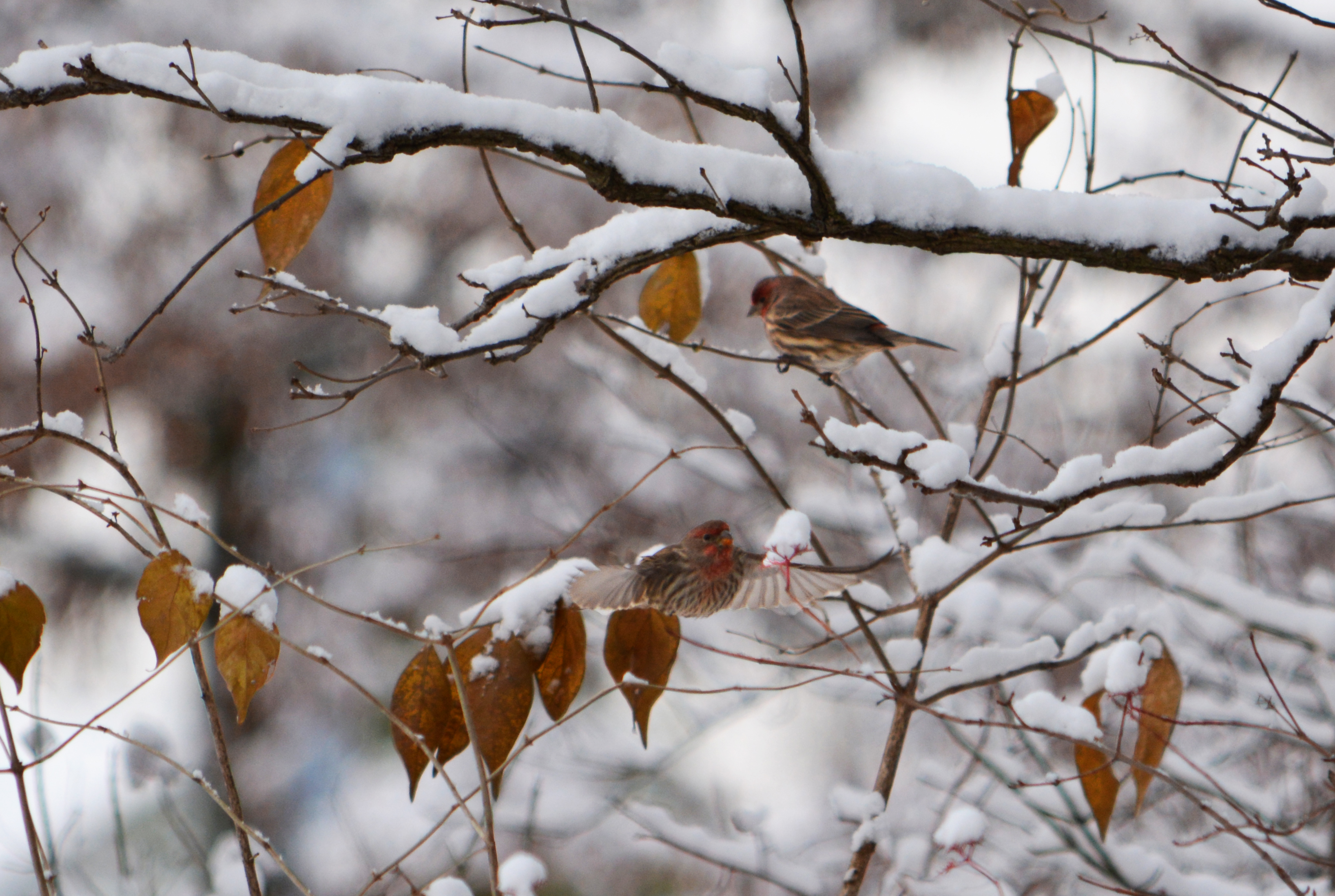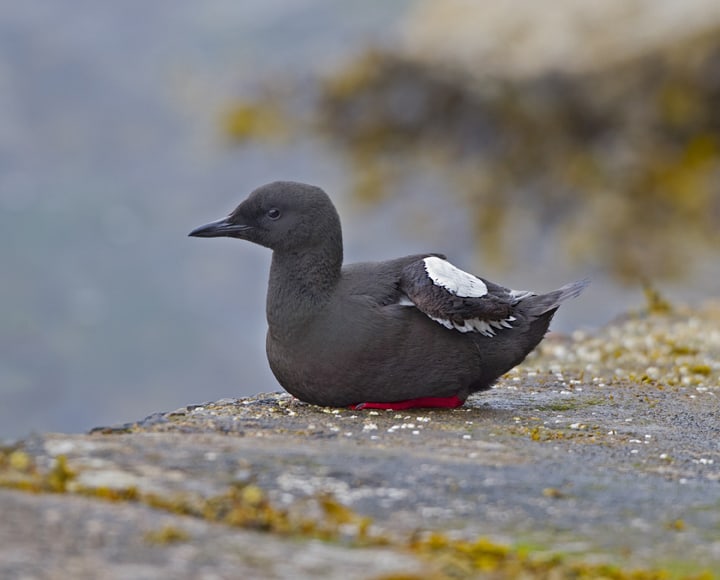- Thread starter
- #561
Where are Spoonman, Connery, and Ernie when you need them?Berry College - Experience it Firsthand
I hope another follows soon. It will be enlightening to watch the eaglets being fed.
I liked learning something about our national mascot, the Bald Eagle at your web page (above), asaratis. Thanks for sharing it. It read:
General Facts About Bald Eagles
- 2007 - The Department of Interior took the American bald eagle off the endangered species list.
- The bald eagle (Haliaeetus leucocephalus) is a member of the sea and fish eagle group.
- Juvenile bald eagles are a mixture of brown and white. They reach full maturity in four to five years.
- Size - The female bald eagle is 35 to 37 inches, slightly larger than the male.
- Wingspan ranges from 72 to 90 inches.
- Bald eagles can fly to an altitude of 10,000 feet. During level flight, they can achieve speeds of about 30 to 35 mph.
- Bald eagles weigh from 10 to 14 pounds.
- Diet - Mainly fish, but they will take advantage of carrion (dead and decaying flesh).
- Hunting area varies from 1,700 to 10,000 acres. Home ranges are smaller where food is present in great quantity.
- Because an eagle lives up to 30 years in the wild, it has many years in which to produce offspring.
- Bald eagles build their nests in large trees near rivers or coasts. A typical nest is around 5 feet in diameter. Eagles often use the same nest year after year. Over the years, some nests become enormous, as much as 9 feet in diameter, weighing two tons.
- Eagles lay from one to three eggs. Parenting duties are shared by both male and female during the 35 days of incubation, but it is the female who spends most of her time on the nest.
- The young birds grow rapidly, adding one pound to their body weight every four or five days. At six weeks, the eaglets are very nearly as large as their parents.
- An eaglet can take its first flight some 10 to 13 weeks after hatching and approximately 40 percent of young eagles do not survive it.
- All eagles are renowned for their excellent eyesight.
- Fidelity - Once paired, bald eagles remain together until one dies.
- The bald eagle became the National emblem in 1782 when the great seal of the United States was adopted.
There are a lot of them in LBL. But they are hard to photograph.








